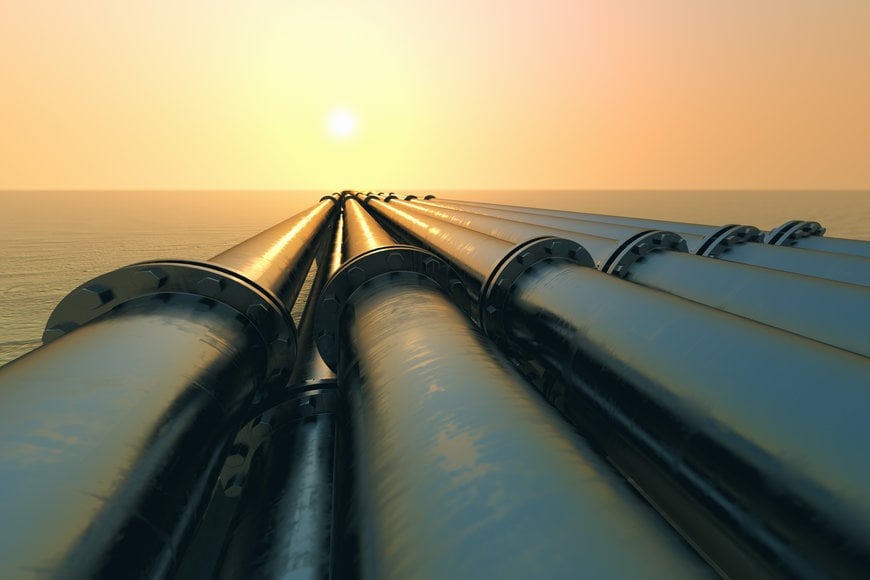www.magazine-industry-usa.com
04
'21
Written on Modified on
Monitoring in extreme conditions
RTUs for oil and gas pipelines. Whether in upstream, midstream or downstream operations, pipelines play a significant role in the oil and gas industry.

In this article, Matthew Hawkridge, chief technology officer, explains how Remote Telemetry Units (RTUs) can be used to optimise the performance and maintenance of oil and gas pipelines.
While oil and gas pipelines are essential to the industry, they are not fail-safe. Structural failures including corrosion, cracks and leaks are common issues, which companies must resolve quickly and effectively in order to minimise downtime and interruptions and increase efficiency.
As well as costly product loss, pipeline leakages can significantly damage wildlife and the natural environment and pose a threat to workers and the population. There is therefore a need to constantly monitor the environmental impact of any operations and above all else, ensure the safety of staff and the general public. The most valuable tool in meeting this new range of key performance indicators (KPIs) is information; and the most appropriate device to collect and process this information is the RTU.
For decades now, RTUs have been a key component in the data chain from the I/O to the CEO. These devices have a longstanding track record of sitting on remote pipelines, wellheads and offshore platforms, collecting, storing and acting upon data, regardless of the surrounding environment.
To date, most RTUs have been used to collect and log operational data and perform local control. This very same device is also the ideal solution to collect and act upon the new wave of information that is needed for a modern, efficient and profitable organisation.
The RTU is a field mount computer. It collects data locally, acts upon it immediately, reports data to the central supervisory control and data acquisition (SCADA) control room and maintains a local historical store as an additional backup.
In remote locations, communications may be slow, intermittent or unreliable. The RTU is the device at the edge, sitting between the control room and the field instruments, that provides a low latency response to changing site conditions as well as performing data filtering.
The RTU ensures that only key, critical information is passed via the narrow communications links, minimising data throughput but maximising information throughput. Within the downstream sector, refineries operate 24/7, which means firms need RTU systems that are robust, secure, reliable and flexible enough to be able to manage and monitor extensive pipeline networks. RTUs are integrated with sensors across these sites and provide data to the SCADA system.
Working the other way, RTUs can receive commands from the supervisory system and transmit them to the end devices as well as retaining an ability to act autonomously. RTUs can do this over large and remote pipeline networks, handling the data acquisition portion of SCADA, providing early warning of impending issues — such as a rise in temperature of a holding tank or decreased pressure in a pipe — avoiding asset failure, and potential environmental incidents.
Pipelines are one of the safest and most effective ways to transport oil and gas. But, with thousands of miles to cover across some of the world’s harshest environments, monitoring performance and condition can be challenging, to say the least. RTUs offer one solution to this challenge — collecting, reporting and acting on critical data even in extreme and remote conditions.
www.ovarro.com

